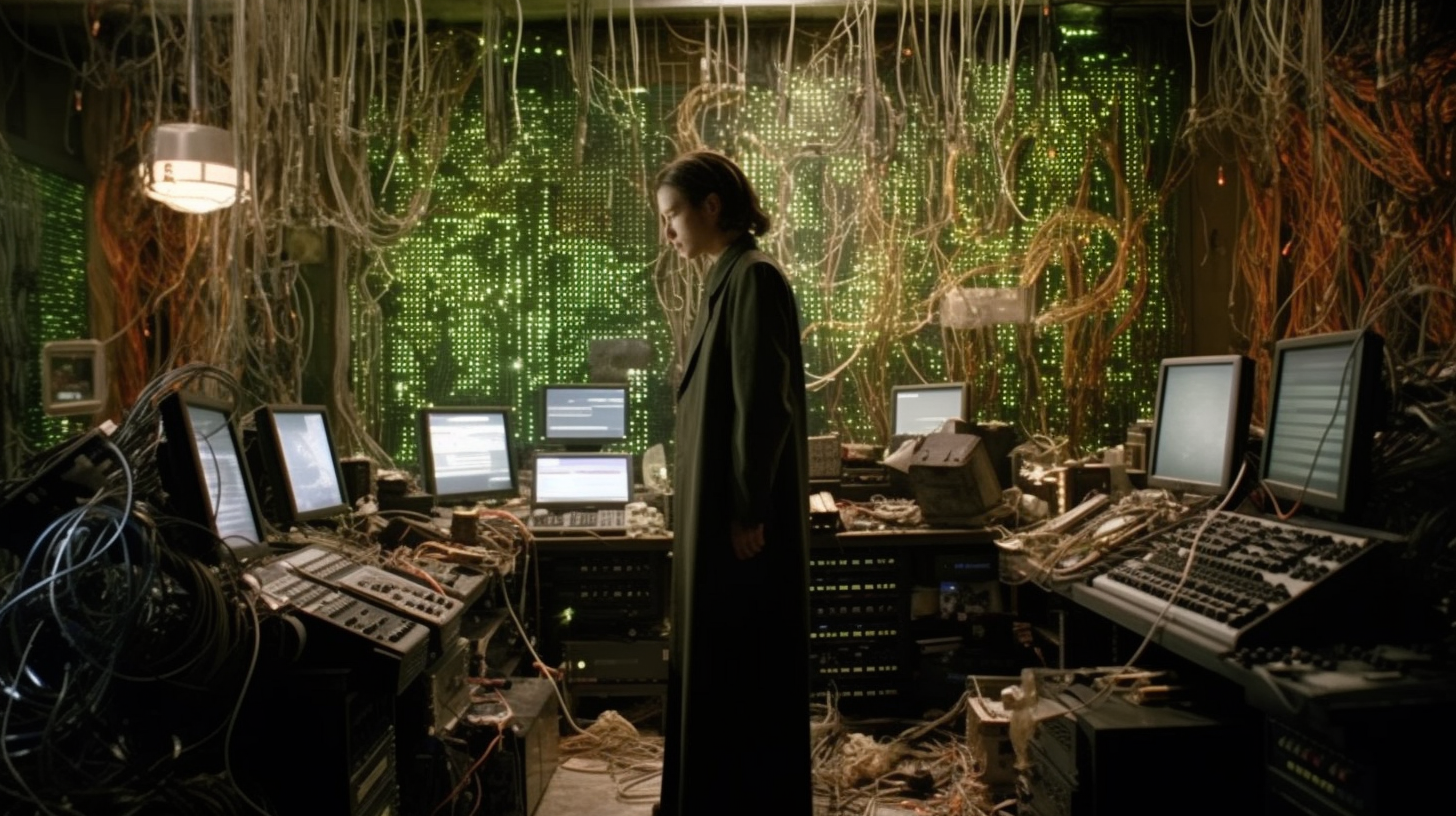Your Guide to Mastering the Art of Motherboard, CPU, and Add-on Card Installation and Configuration

Well, howdy folks! Picture this. You're sitting there with a shiny new motherboard, CPU, and add-on cards bursting with potential like a coiled spring, ready to breathe life into your trusty old computer. This scenario makes you feel like an orchestra conductor ready to conjure a symphony. But, oops, there's just one catch—you've never assembled a computer before. Don't fret, my friend! You've got yourself a one-way ticket on the train to computer-building town, and I'm your trusty conductor.
Sourcing and Choosing Your Components
Let's tackle the first order of business, reining in the horse before we race towards the horizon. Budget-conscious or big-spender, ensure you snag the fitting components for your vision at an agreeable price. In an ideal world, your motherboard, CPU, and add-on cards would serenade us with harmonious melody. So, eager to take the plunge? Fasten your seat belts, we're about to sprint right off the blocks!
Installing the Motherboard
Straight off the bat, a challenging task awaits us. The motherboard is that big, wonderful sheet of circuitry that's going to act as our command center. Visualize it as the maestro directing your computer's symphony, indicating how each player—or in this case, component—performs its role.
Now having grasped that, the moment has come to roll up our sleeves. It's crucial to ground yourself to prevent any electrostatic discharge (gives you quite a buzz, eh?). Open up your computer case, find the motherboard spacers, align the motherboard alongside and screw it in. Voila! You're half a maestro!
Setting Up the Central Processing Unit (CPU)
Next up is the star of the show, the CPU. This is the brain of your operation, the top dog, the chief, the head honcho—it's what makes your computer tick. Carefully place it on the motherboard, securing it in the specified slot. Lucky for us, CPUs and motherboards are a bit like puzzle pieces, they only fit one way. So no, it's not like fitting a square peg in a round hole. Once secure, apply thermal paste and position the cooling fan. Are you feeling the heat yet?
Installing Add-on Cards
Now onto the crowd-pleasers, the add-on cards. These are like the cool kids at school. They bring all the extra flash and flair to your computer. Whether you're a gaming aficionado needing the best graphics card or a home office worker looking for additional USB ports, these cards add a whole new level of functionality to your PC.
Identify the correct slots for your add-on cards on your motherboard (Check your motherboard manual if in doubt for Pete's sake!). Make sure to handle them like they're hot potatoes--with care. Gently insert each card into the slots and secure them with a single screw. That's all, folks! You're officially a computer-building wizard!
Configuring Components
Breathe a sigh of relief, the heavy lifting is done! With everything clicked, screwed, and slotted into place, it's time to turn your computer on. Cross your fingers, hold your breath—whatever good luck ritual you subscribe to—and watch as your computer springs to life. Now, it boils down to the detailed adjustments.
Each component you've set up boasts its signature configuration settings nestled in your system's BIOS. Here, you ensure a silky, seamless operation akin to a well-lubricated machine. Don't be a deer in the headlights when you see all the settings options; refer to your component manuals or use a reputable online guide. Configure to your heart's content to make your computer purr like a kitten.
And there you have it, folks - a freshly minted, self-built computer humming away happily. High-five yourself, you've earned it. You've become the maestro of your own computer orchestra.
If you've enjoyed this wild ride, make a beeline for the CompTIA A+ Core 1 (220-1101) exam, where you can apply these skills and more. Remember, practice makes perfect, so keep tinkering with your build and make sweet, sweet music with your components. Until next time, happy building!